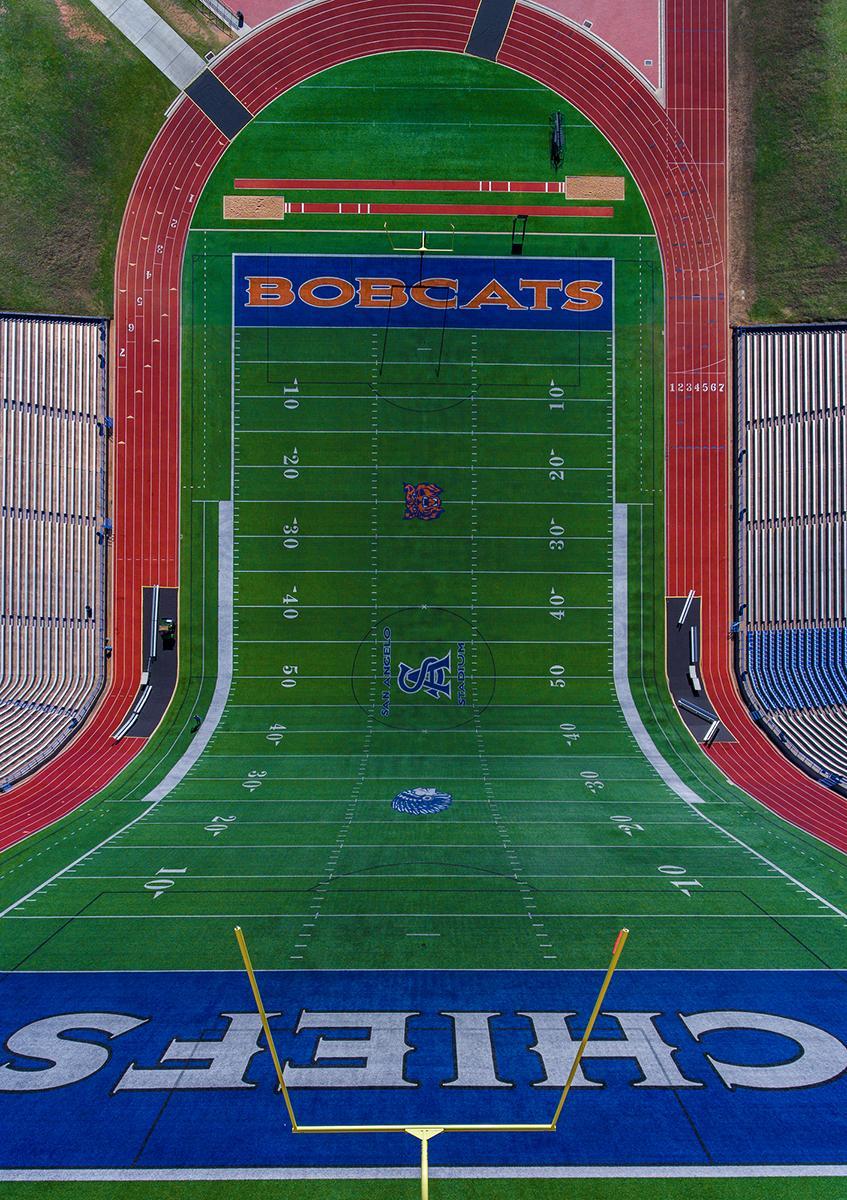This photographer bends the Earth with stunning panoramas

Some artists seek to represent the world with as much realism as possible. Aydın Büyüktaş delights in doing he opposite, bending the rules on reality with his staggering visual constructions.
Born in the Turkish capital of Ankara, Büyüktaş later to moved to Istanbul where he worked in film, advertising, and 3D animation. His newly burgeoning interest in visual construction took him back to his childhood, which he spent reading science fiction books, noting iconic authors Isaac Asimov and H.G. Wells among his favourites. These novels first opened his mind up to peculiar structures of space, including wormholes, black holes, parallel universes, and gravity.
Literature continued to influence Büyüktaş’s aesthetic over the years, but the real turning point came around ten years ago when he read Hyperspace by Michio Kaku. Kaku’s book draws upon Edwin Abbot’s 1884 novella, Flatland: A Romance of Many Dimensions, driving Büyüktaş’s fascination with multi-dimensionality and the phenomena of space. What would happen if a black hole formed? How would it affect the very pillars of our existence: space and time?
Büyüktaş explores these questions through his photography, skewing concrete reality into a different dimension filled with breathtaking dreamscapes. The comparisons to Inception are obvious, but where Christopher Nolan’s world shifts mechanically, Büyüktaş creates a dramatic swooping effect that inescapably pulls in the viewer.
Yet to end up with such staggering images is no mean feat. His most recent series, ‘Flatlands II’, proved to be an arduous, lengthy process. He began by conducting thorough research on where he was going to shoot, which took two months in itself. Büyüktaş managed to narrow it down to four states in southwestern USA – Arizona, Texas, California, and New Mexico – though some of the exact locations were chance discoveries. The actual photographing took 10,000 miles of travelling and another month to complete, using drones to capture such vast patches of land. Yet the work has only just begun at this stage: the ‘collages’ are then painstakingly crafted, each one taking roughly two months and 20 photos to complete.
The results are more dramatic than anything we could expect to see in reality, something Büyüktaş was conscious of when selecting his locations. He explains that he was searching for places that offered him the means to “create textures that we cannot imagine in our daily life.” He therefore decided to turn away from the dense, busy locations used in his first ‘Flatlands’ project, instead relishing the blank canvas of the sparse American southwest. Sprawling fields of beige, barren desert land and labyrinthine linear patterns are turned into complex structures, adding a sci-fi dimension to the environments.
See more by Aydın Büyüktaş here.
Join our commenting forum
Join thought-provoking conversations, follow other Independent readers and see their replies
Comments